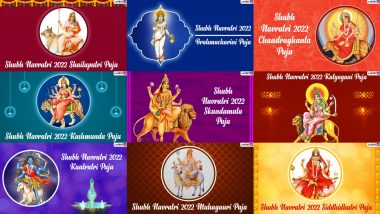Nine forms of Maa Durga are worshipped during Navratri, which is celebrated twice a year, one in the month of Chaitra and the other in the month of Sharada. Sharad Navratri is observed on the bright half of the Hindu month of Ashwin. While Sharad Navratri 2022 will be celebrated in the western parts of India from September 26, Monday, to October 5, Thursday. Durga Puja 2022 will be marked in eastern states of the country from October 1, Saturday, to October 5, Thursday. During the Shardiya Navratri, nine manifestations of Maa Durga, also called Nav Durga, are worshipped on each passing day of the festive period. It is believed that every form of Goddess Durga holds a special significance and divine power that they shower on the devotees throughout the auspicious festival. Traditional prasad, mantras and flowers are used to pray to each form of Nav Durga in the most beautiful way. From Maa Shailputri to Maa Siddhidatri, here are the nine goddesses that you must know about before beginning the Navratri celebrations. Below, get detailed information about the nine forms in which Goddess Durga manifests herself, their significance and the bhog offered to them during Sharad Navratri.
Maa Shailputri: 1st Form of Maa Durga
Known to be the daughter of Lord Himalaya, Maa Shailputri is believed to help devotees overcome all the wrongs in their lives. She arrives on the first day of Navratri on a bull with Trishul in one hand and a lotus flower in the other.
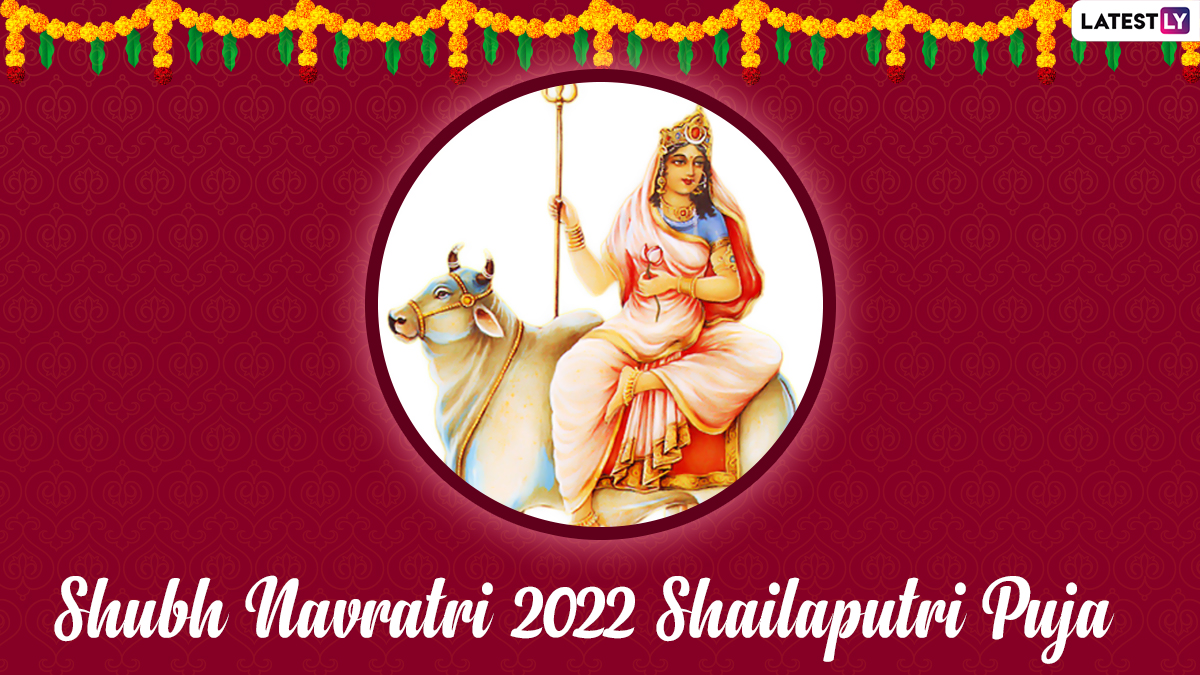
Bhog: Maa Shailputri is offered ghee on Day 1 of Sharad Navratri. Desi ghee is used to receive blessings of the Goddess, who embodies the power of Brahma, Vishnu and Mahesh.
Maa Brahmacharini: 2nd Form of Maa Durga
She is the unmarried form of Goddess Parvati, who walks in white clothes, carrying the Jap Mala in one hand and Kamandal in the other. Maa Brahmacharini is worshipped on the second day of Sharad Navratri to seek blessings for a peaceful life.
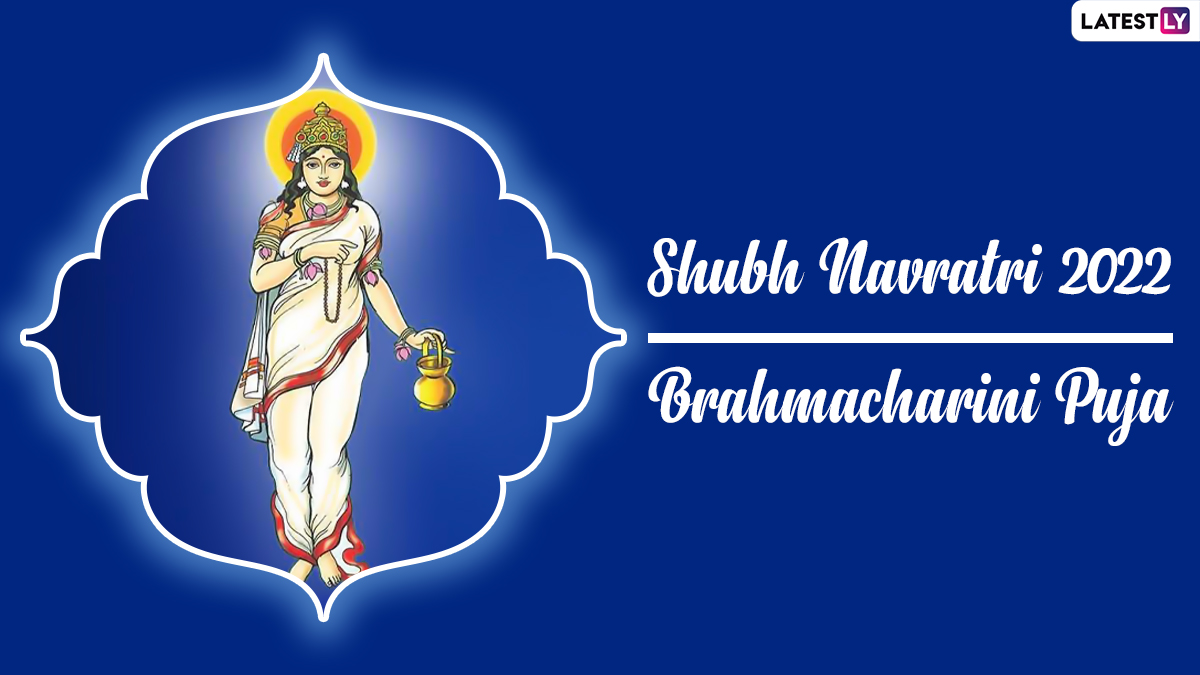
Bhog: Devotees offer sugar to Maa Brahmacharini to embody perseverance and penance.
Maa Chandraghanta: 3rd Form of Maa Durga
The married form of Goddess Parvati is Maa Chandraghanta. After getting married to Lord Shiva, Maa Parvati started adorning her forehead with half of Chandra, earning her the name Maa Chandraghanta.
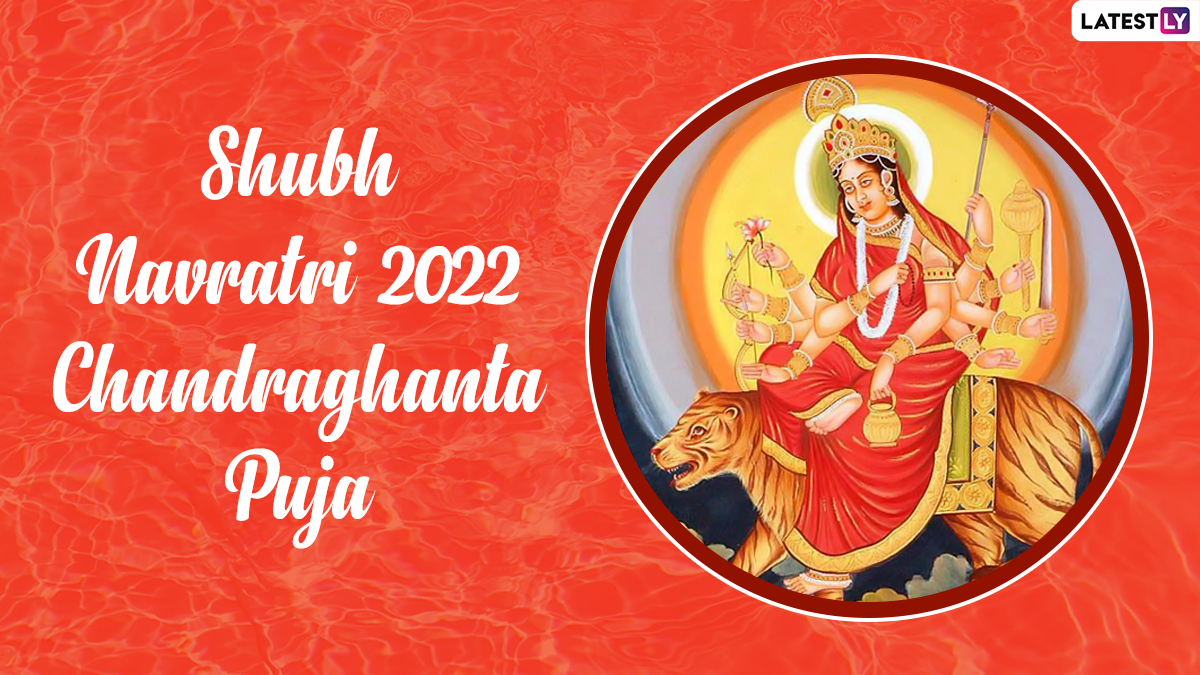
Bhog: Kheer is offered to Maa Chandraghanta, who protects her children from all the evils and negativities in life.
Maa Kushmanda: 4th Form of Maa Durga
Maa Kushamanda is known for her radiance and power, possessing the ability to live inside the sun. She is worshipped on the fourth day of Sharad Navratri for blessing the devotees to bring brightness and energy into their lives.
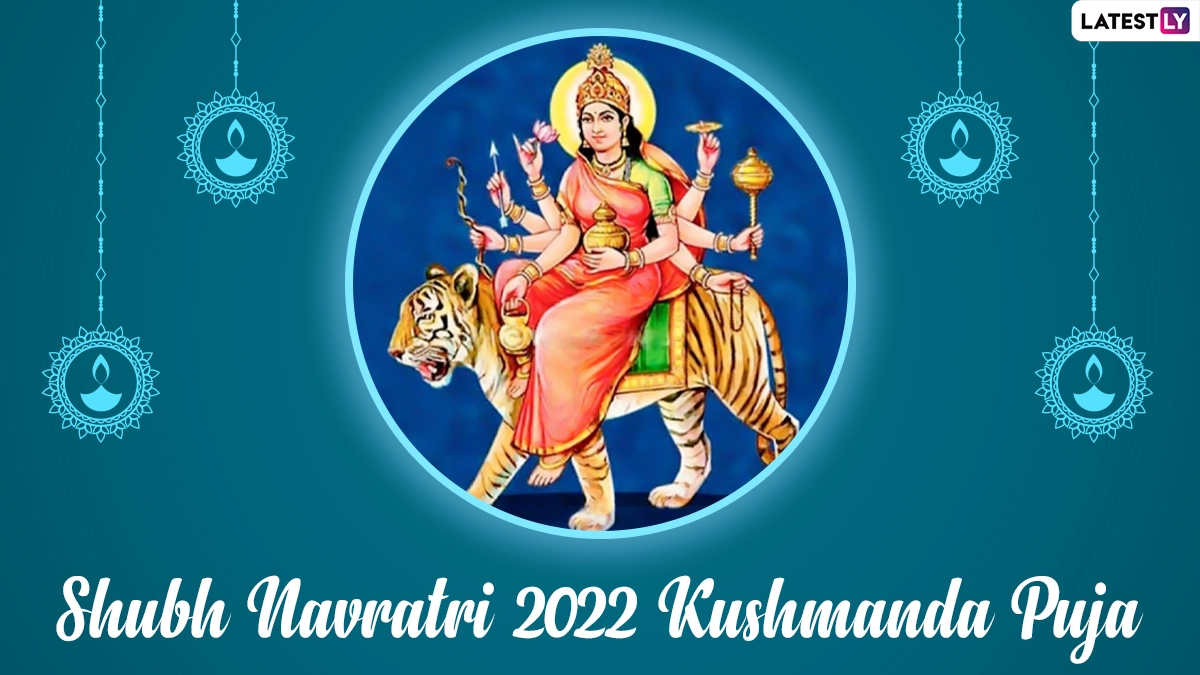
Bhog: Malpua is devoted to Maa Kushmanda, who elevates darkness from peoples’ lives and showers them with good health and wealth.
Maa Skandamata: 5th Form of Maa Durga
Worshipped on the fifth day of Sharad Navratri, Goddess Skandmata is the mother of Lord Skanda or Lord Kartikeya, the brother of Lord Ganesha. She arrives with a ferocious lion and has four hands.
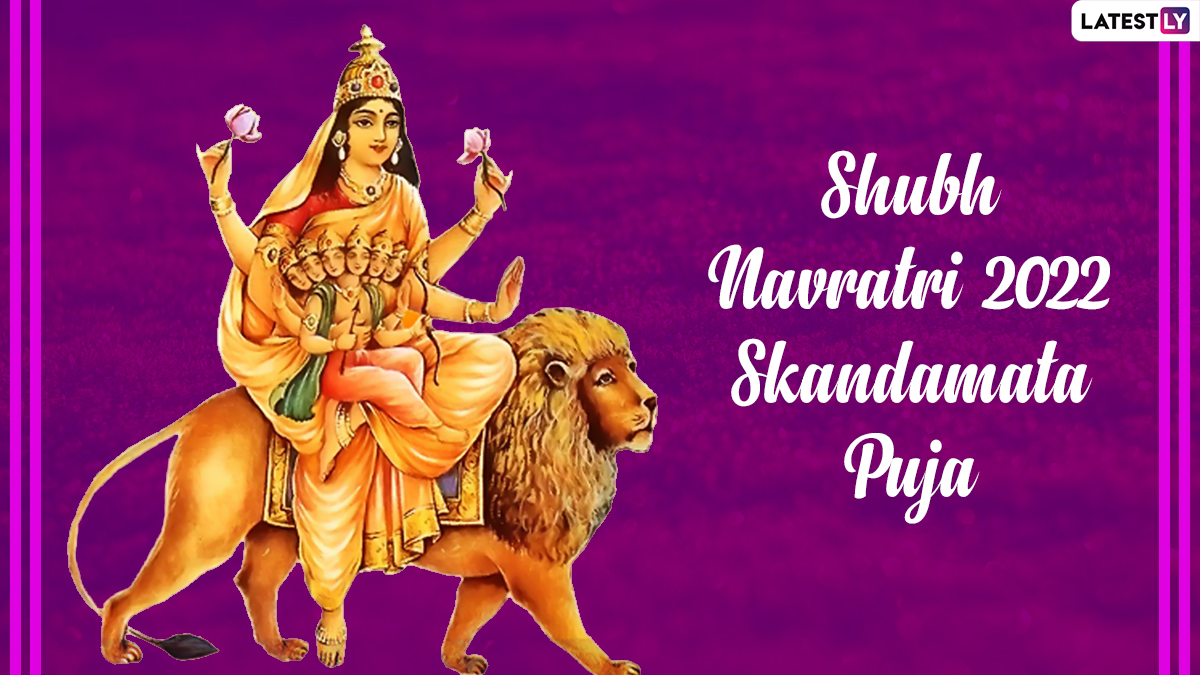
Bhog: Bananas are offered to Skandmata on Day 5 of Shardiya Navratri. She is believed to bless the devotees with prosperity and wealth.
Maa Katyayani: 6th Form of Maa Durga
She is the most aggressive form of Goddess Parvati, which is believed to have destroyed the demon Mahishasura. Maa Katyayani is worshipped on the sixth day of Navratri to help people direct their anger in a positive direction.

Bhog: Maa Katyayani is offered honey by the devotees on Day 6 of Navratri celebrations.
Maa Kaalratri: 7th Form of Maa Durga
She is the seventh manifestation of Goddess Durga, who appears dark due to the removal of her golden skin to fight demons named Shumbha and Nishumbha. Maa Kalaratri is also known to be one of the most violent forms of Goddess Parvati.
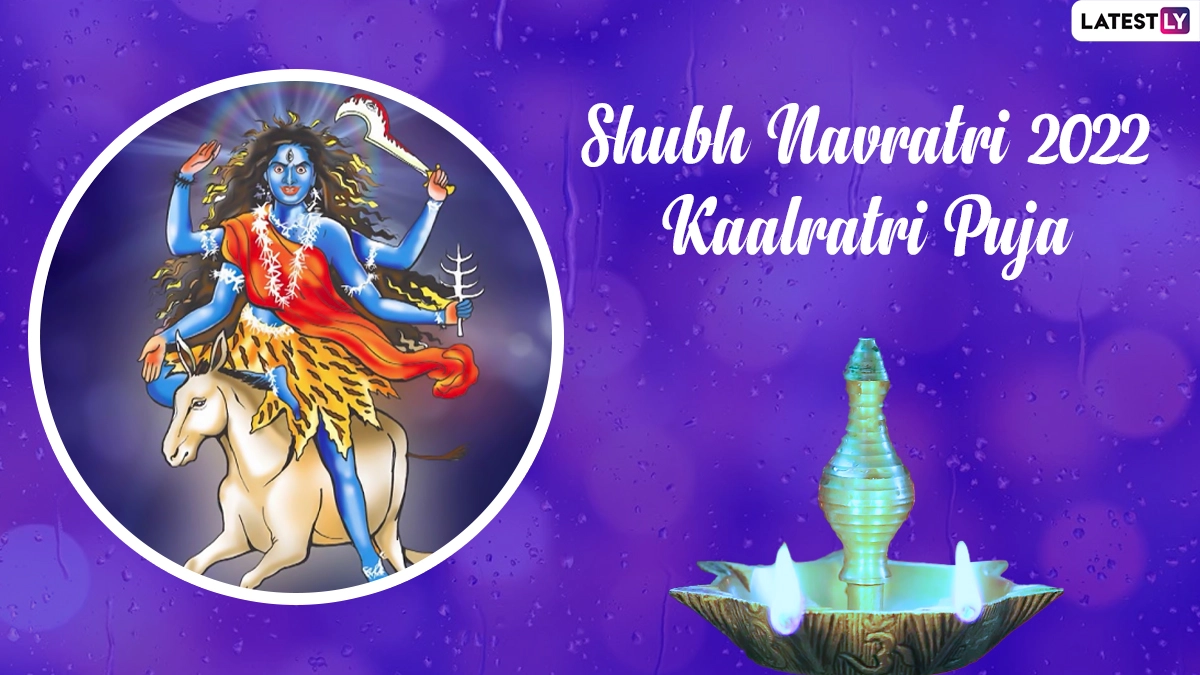
Bhog: She is offered jaggery on the seventh day of Sharad Navratri. She imbibes the powerful energy in all her kids.
Maa Mahagauri or Maa Ashtami: 8th Form of Maa Durga
The eighth-day celebrations are considered to be very special during Navratri. The younger form of Maa Shailputri is worshipped as Mahagauri on Ashtami. She rides on a bull and wears white clothes that compliment her highly fair complexion.
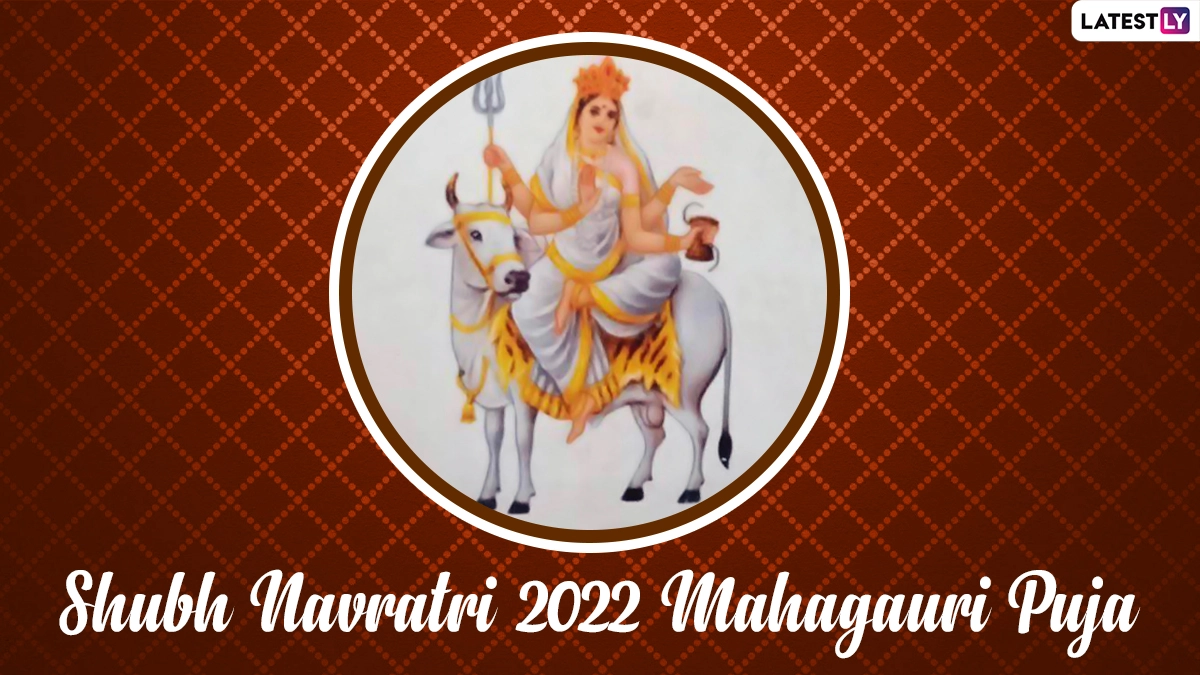
Bhog: Although milk is offered to Maa Ashtami on Day 8 of Navratri celebrations, Mahagauri is also provided with coconut to eliminate all the sins.
Maa Siddhidatri: 9th Form of Maa Durga
She sits on a lotus and rides on a lion. Maa Sidhhidatri is believed to be the Goddess of power. She comforts the devotees with all her compassion on the last day of Sharad Navratri.
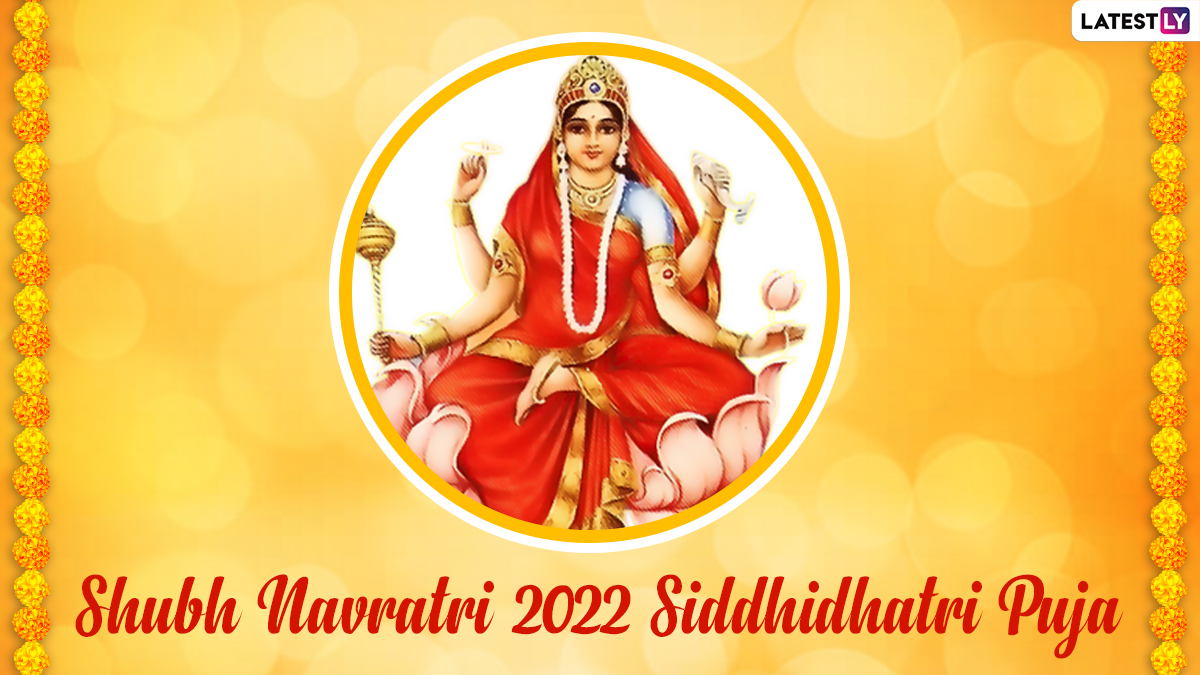
Bhog: Sesame seeds are offered to Maa Siddhidatri, who showers all sorts of Siddhis on her children.
Sharad Navratri 2022 Greetings: Share Wishes and Messages To Worship the Nine Forms of Maa Durga
As you celebrate Navratri with full gaiety and devotion, know about all the forms of the goddess that are considered very significant during these festive celebrations. Happy Navratri 2022!
(The above story first appeared on LatestLY on Sep 25, 2022 11:53 PM IST. For more news and updates on politics, world, sports, entertainment and lifestyle, log on to our website latestly.com).




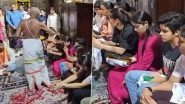


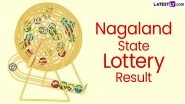


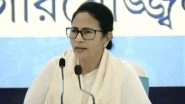
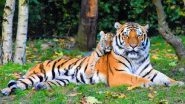

 Quickly
Quickly










